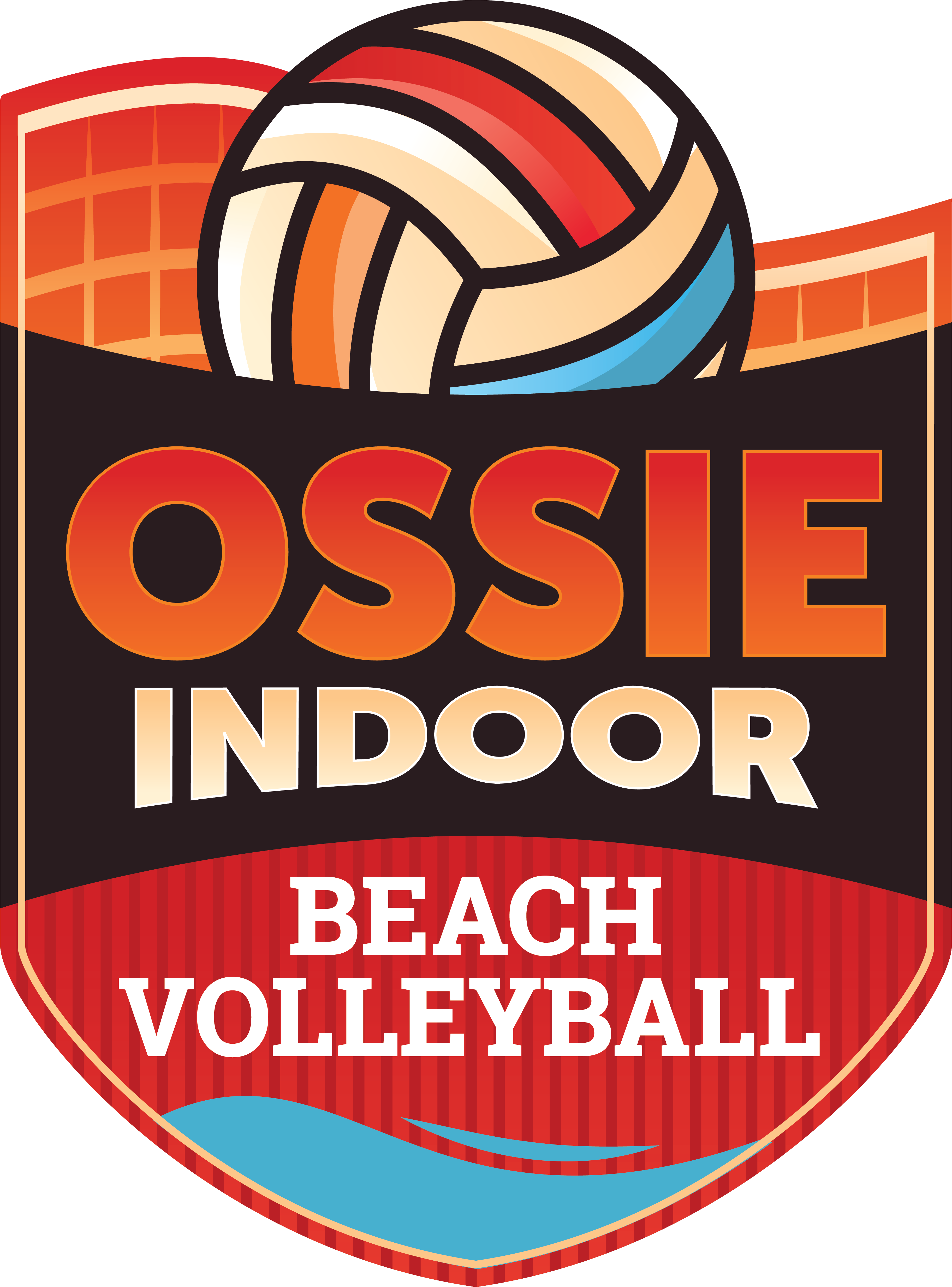Rules & Regulations
Indoor beach volleyball was created as a fun and continuous style of volleyball, intended to be played in a way that would cater for both social and competitive players alike. The surrounding nets provide a more dynamic format of volleyball, while the sand makes it the perfect low-impact, high-fun team sport. With the unique format comes some unique rules, so use this page as a resource to familiarise yourself with the game rules.
Official IBVWA Rules
Download PDFComplete rulebook as adopted by Indoor Beach Volleyball Federation (WA).
Common Fouls Quick Reference
- Ball touches the ground
- More than three team touches
- Ball touches player below waist
- Double touch (except on block)
- Centre net contact
- Top net touch on return
- Block/spike off serve
- Serve outside area
- Ball kicked
- Reaching over net
Ready to Play?
Now that you know the rules, join us for a game!
Register a team